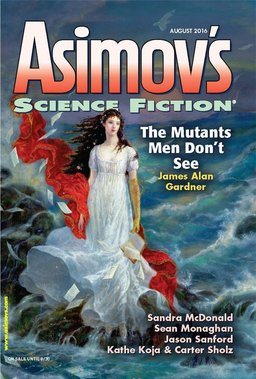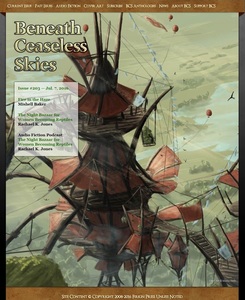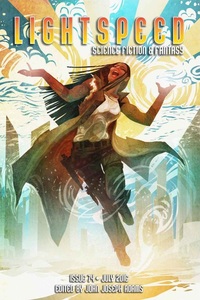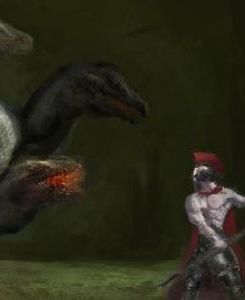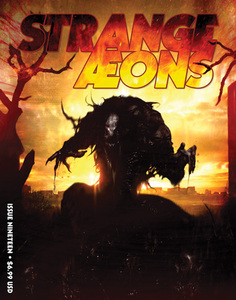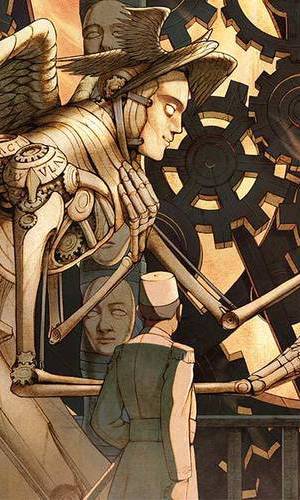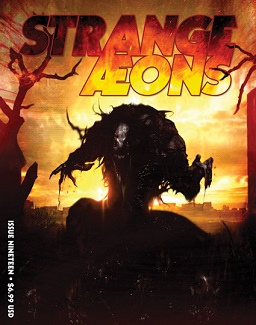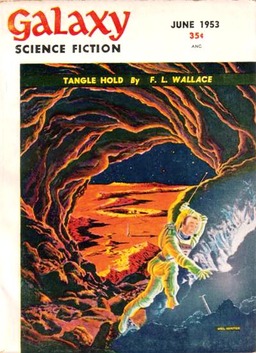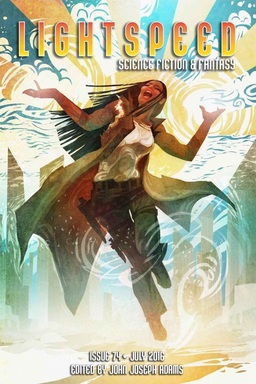Summer Short Story Roundup: Part One
 A veritable torrent of potent heroic fantasy short stories came out of the interwebs this summer. So many, in fact, for the first time ever I have to break the roundup into two parts. This week I’ll tell you about Swords and Sorcery Magazine, Heroic Fantasy Quarterly, Lackington’s, and Cirsova. All together there are twelve stories and three poems (including the nearly six thousand-word first part of an epic poem). Next week I’ll review Grimdark Magazine, Weirdbook, and newcomer, Red Sun.
A veritable torrent of potent heroic fantasy short stories came out of the interwebs this summer. So many, in fact, for the first time ever I have to break the roundup into two parts. This week I’ll tell you about Swords and Sorcery Magazine, Heroic Fantasy Quarterly, Lackington’s, and Cirsova. All together there are twelve stories and three poems (including the nearly six thousand-word first part of an epic poem). Next week I’ll review Grimdark Magazine, Weirdbook, and newcomer, Red Sun.
Swords and Sorcery Magazine #54 kicks off with “The Witch House” by Jamie Lackey. A young girl named Elinor, escaping a forced and bound-to-be loveless marriage, forces herself on the Witch of the Wood as her new apprentice. That’s it. It’s well written, and I’d actually be interested in reading about the characters if the plot went somewhere, but as it stands it’s too insubstantial to merit much notice.
“Time Is a Lady’s Unerring Blade,” by Stephen S. Power, is a nasty piece of work. Erynd, an ex-prisoner, has plotted her revenge against one of the captors who tortured and crippled her.
Anyone can buy a soul. Even the meanest villages have dealers now, and prices remain low, thanks to the border wars five years ago. To buy a specific soul, though, Erynd has to deal with a ghost taker.
Having found her target, Erynd intends to see his soul stripped from him bit by painful bit. Not a lot happens, but there are sufficient hints of a larger context for the story that intrigued me and left me wondering about the story’s larger world and history.
